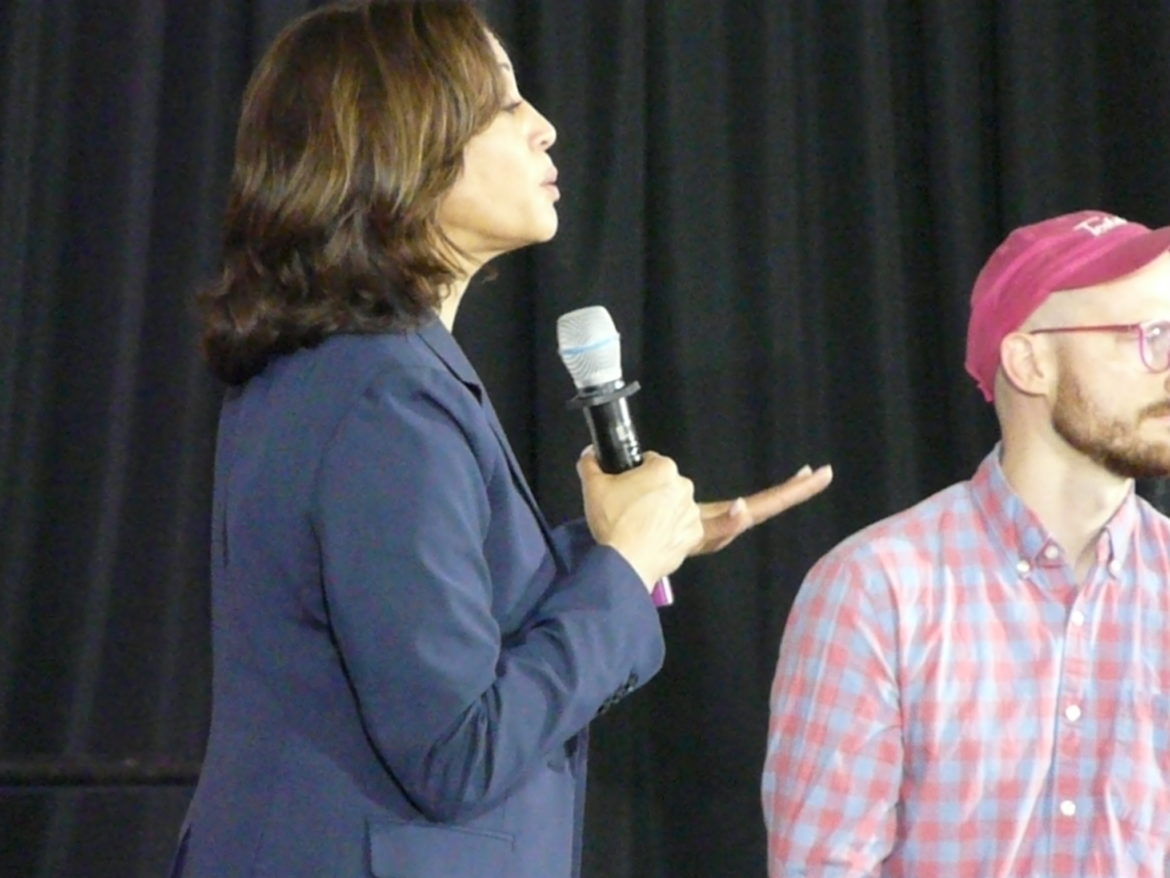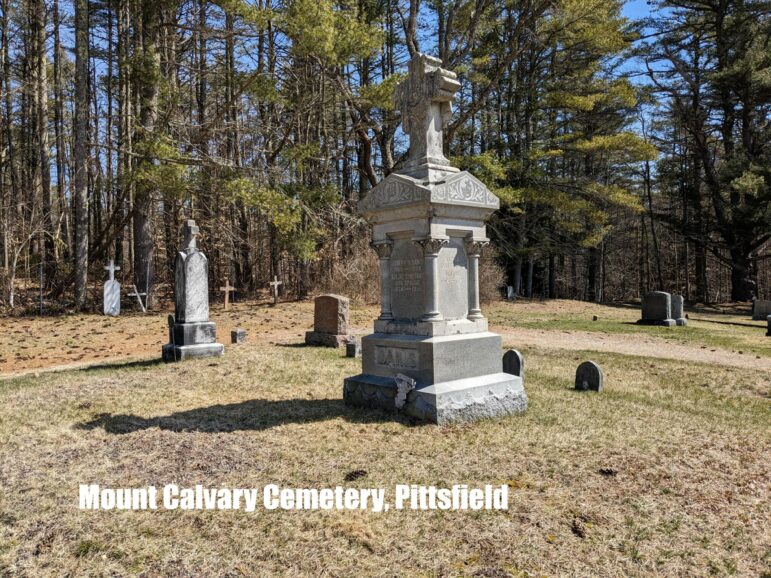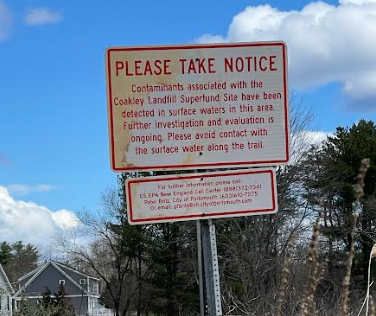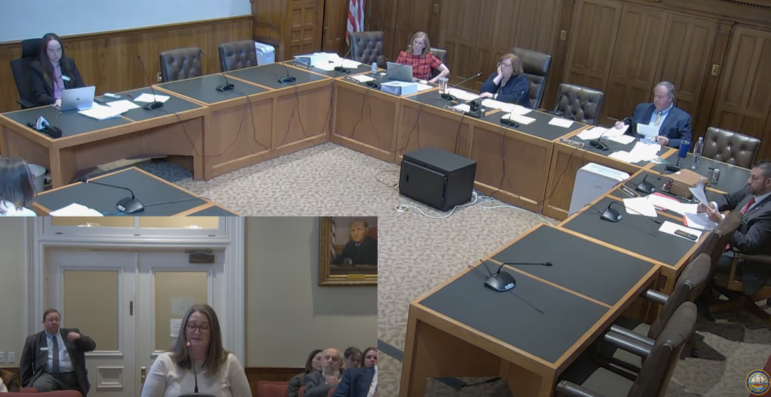New Hampshire Institute of Politics Executive Director Neil Levesque summarized the latest survey results, saying, “In the Saint Anselm College Survey Center’s first look at the New Hampshire Democratic Primary field since the first series of debates, Joe Biden continues to hold a lead in the ballot test, with 21% of primary voters expressing a preference for the former Vice President.
“However, his lead has narrowed considerably since our last poll in April, as Senators Kamala Harris and Elizabeth Warren have seen a significant post-debate bump, claiming 18% and 17% voter support respectively. Mayor Pete Buttigieg has maintained his support at 12%, while Senator Bernie Sanders has fallen below 10%.
“Senator Cory Booker and former Congressman Beto O’Rourke have both seen their support virtually disappear.

“The sources of Biden’s support suggest that his narrow advantage may be precarious, as it comes from older and more conservative voters, while Warren leads among the more energized ‘very liberal’ voters.
“Indeed, among voters that are ‘extremely interested’ in the upcoming presidential election, Harris and Warren are tied at 20% support, leading Biden at 19%.
“Among ‘extremely’ and ‘very interested’ voters, Harris leads with 19% support to Biden’s 18% and Warren’s 17%. “It is still very early in the process,” Levesque concluded.
These results are from the Saint Anselm College Survey Center poll based on interviews with 351 New Hampshire registered voters expressing an intention to vote in the upcoming Democratic Presidential Primary.
Interviews were conducted by landline and cellular phone between July 10th and July 12th, 2019. The survey has a margin of sampling error of 5.2% with a confidence interval of 95%. Data are weighted for age, gender and geography based on a voter demographic model derived from historical voting patterns, but are not weighted by party registration or party identification.
Respondents were asked for their impression of 9 candidates for the Democratic nomination for President. The names were presented in random order.
Respondents were then asked to name a candidate for whom they would vote. “I’m now going to read a list of people that are running for the Democratic Presidential nomination. After each name, I would like you to tell me if you have a favorable impression, unfavorable impression, or no opinion of that person. If you have never heard of them, please let me know.” “If the presidential primary election were held today, which candidate would you vote for?”





